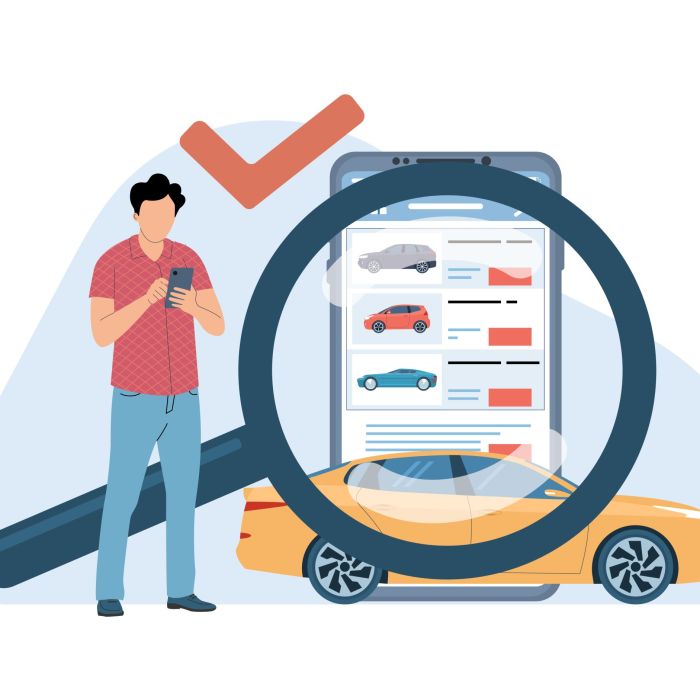When acquiring a car, whether new or used, one of the most important factors to consider is the warranty. An auto warranty is essentially a guarantee from the manufacturer or dealer that they will cover certain repairs or services within a specific period. Understanding what an auto warranty covers, and its limitations can save you significant time, money, and stress down the road. This essay will explore the different types of auto warranties, what they typically cover, and important considerations for car buyers.
The Basics of Auto Warranties
A car warranty is a contract between the vehicle owner and the manufacturer or dealer that outlines the repairs and services covered within a specific period or mileage. Warranties are designed to protect car buyers from unexpected repair costs and ensure the vehicle functions as intended. However, not all warranties are created equal, and it’s crucial to understand the nuances of each type to make an informed decision when purchasing a vehicle.
Types of Vehicle Warranties
There are several types of car warranties, each covering different aspects of the vehicle:
Manufacturer’s Warranty:
Also known as a factory warranty, this is the most common type of warranty and is included with the purchase of a new vehicle. It typically covers most parts and systems of the vehicle for a given period, usually three to five years or 36,000 to 60,000 miles, whichever comes first. The manufacturer’s warranty often includes coverage for defects in materials or workmanship.
Powertrain Warranty:
This warranty specifically covers the engine, transmission, and drivetrain components of the vehicle. Powertrain warranties usually last longer than the standard manufacturer’s warranty, often up to ten years or 100,000 miles. However, they are limited to the parts responsible for making the car move, such as the engine, transmission, and driveshaft.
Bumper-to-Bumper Warranty:
A bumper-to-bumper warranty, often included in the manufacturer’s warranty, covers virtually every part of the vehicle between the front and rear bumpers. This comprehensive coverage includes electrical systems, audio components, air conditioning, and other non-powertrain parts. However, it excludes wear-and-tear items like tires, brakes, and windshield wipers.
Extended Warranty:
An extended warranty is an additional service contract that can be purchased to cover repairs after the initial manufacturer’s warranty expires. These warranties can vary widely in terms of coverage and cost and are often offered by both manufacturers and third-party providers. Extended warranties can cover a broad range of parts and systems, but they frequently come with many exclusions and limitations.
Certified Pre-Owned (CPO) Warranty:
Many certified pre-owned vehicles come with a warranty that extends the coverage provided by the original manufacturer’s warranty. CPO warranties often include powertrain coverage and sometimes even bumper-to-bumper coverage, offering added peace of mind when purchasing a used vehicle.
What Auto Warranties Typically Cover
Car warranties are designed to cover specific types of repairs and services. While coverage can vary depending on the type of warranty and the manufacturer, most warranties include the following:
Mechanical and Electrical Components:
Warranties typically cover repairs or replacements of mechanical and electrical components that fail due to defects in materials or workmanship. This includes the engine, transmission, suspension, electrical systems, and more.
Safety Systems:
Many warranties cover essential safety systems such as airbags, seat belts, and anti-lock brakes. If these systems fail, the warranty will cover the necessary repairs or replacements.
Emissions Systems:
In many regions, emissions systems are required to be covered under warranty due to environmental regulations. This includes parts like the catalytic converter, oxygen sensors, and exhaust manifold.
Audio and Infotainment Systems:
Depending on the warranty, coverage may extend to the vehicle’s audio system, navigation, and infotainment systems, ensuring these features function properly.
Corrosion Protection:
Some warranties include coverage against rust and corrosion, covering the repair or replacement of body panels damaged by rust. However, this protection is usually limited to structural rust, not cosmetic surface rust.
What Auto Warranties Typically Do Not Cover
While car warranties provide valuable protection, they also have limitations. It’s important to be aware of what isn’t covered to avoid surprises:
Wear and Tear:
Items that wear out over time, such as tires, brake pads, windshield wipers, and batteries, are generally not covered under warranty. These are considered routine maintenance items and are the responsibility of the car owner.
Routine Maintenance:
Routine maintenance services like oil changes, tire rotations, and brake inspections are not covered by most warranties. These services are necessary for keeping your vehicle in good condition, but they are considered the owner’s responsibility.
Accidental Damage:
Damage caused by accidents, such as collisions, theft, or vandalism, is not covered by a car warranty. These types of damages are usually handled by auto insurance, not the warranty.
Modifications and Aftermarket Parts:
If you modify your car or install aftermarket parts, you may void your warranty. Most warranties do not cover repairs resulting from modifications or the use of non-approved components.
Neglect and Abuse:
Warranties generally do not cover repairs caused by neglect, abuse, or failure to adhere to the manufacturer’s recommended maintenance schedule. Issues resulting from driving under extreme conditions or using the car for purposes other than what it was designed for are typically excluded.
Key Considerations When Evaluating a Car Warranty
When considering a car warranty, it’s essential to read the fine print and understand the specific terms and conditions. Here are some key considerations:
Duration and Mileage Limits:
Make sure you understand the duration of the warranty and any mileage limits. Some warranties expire after a specific number of years or miles, whichever comes first.
Coverage Exclusions:
Be aware of any exclusions or limitations in the warranty. Some warranties may exclude certain parts or systems, or they may only cover specific types of repairs.
Transferability:
If you plan to sell the car before the warranty expires, check whether the warranty is transferable to the new owner. Transferable warranties can increase the resale value of your vehicle.
Deductibles:
Some warranties may require you to pay a deductible for each repair or service. Be sure to factor in any potential deductibles when evaluating the overall value of the warranty.
Understanding auto warranties and what they cover is essential for making an informed decision when purchasing a car. Warranties offer peace of mind by covering specific repairs and services, but they also have limitations that buyers need to be aware of. By carefully reviewing the different types of warranties, what they cover, and any exclusions or conditions, you can choose a warranty that provides the best protection for your needs. Whether you’re purchasing a new car, a used vehicle, or considering an extended warranty, taking the time to understand your warranty coverage can save you money and ensure that your vehicle stays in top condition.






